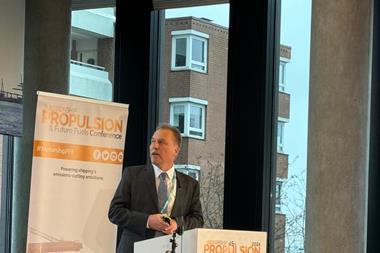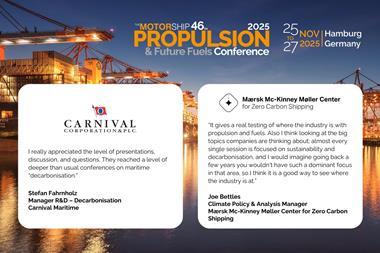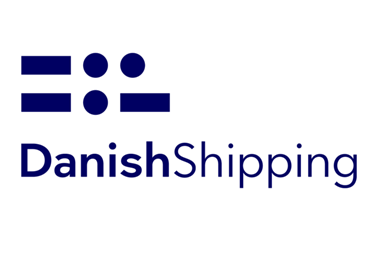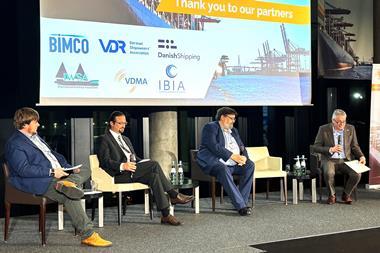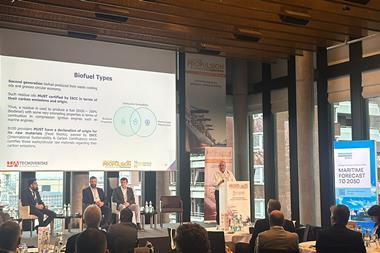Insights into cutting-edge technologies and the critical role of LNG as the maritime industry pivots towards decarbonisation.
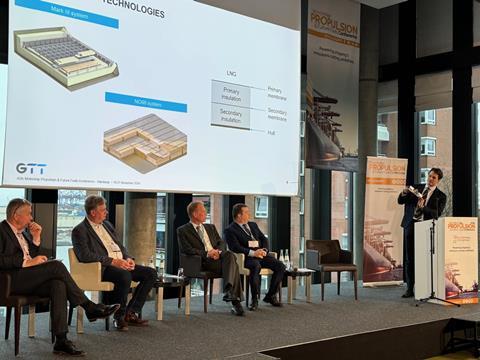
At this year’s Propulsion and Future Fuels event, industry leaders Can Murtezaoglu from GTT and Thomas Werner from WinGD shared insights into cutting-edge technologies and the critical role of LNG as the maritime industry pivots towards decarbonisation.
Can Murtezaoglu, representing Paris-based GTT, outlined the company’s focus on versatile LNG solutions and readiness for future fuels. GTT, a leader in cryogenic storage and LNG technologies, boasts an impressive global footprint, with offices in Houston, Singapore, Shanghai, and a new branch in Doha. Its subsidiaries explore smart shipping, AI, and hydrogen production, reinforcing its innovative approach.
Murtezaoglu detailed the robustness of GTT’s Mark III tank system, showcasing its stainless-steel membranes designed for LNG but also adaptable for ammonia and methanol. “Our Mark III system is not only versatile and efficient but also ammonia-friendly, enabling a seamless transition to future fuels,” he said.
He emphasised GTT’s commitment to innovation, reinvesting 10-15% of annual revenues into R&D. Highlighting collaboration with the Technical University of Hamburg, he demonstrated the durability of Mark III membranes under extreme conditions. “Even during simulated collision scenarios, the membrane proved its resilience by flexing over a meter without losing integrity,” he noted.
Murtezaoglu also stressed LNG’s long-term viability despite its role as a transitional fuel. By blending LNG with bio-LNG and e-LNG, GTT aims to stay compliant with EU decarbonization targets through 2050. He highlighted the growing market for LNG bunkering vessels, predicting a need for up to 10 new vessels annually for the next 15 years.
Thomas Werner of WinGD introduced advancements in engine technology, focusing on the X-DF 2.0 platform equipped with Intelligent Control by Exhaust Gas Recirculation (iCER) and Variable Compression Ratio (VCR) systems. These innovations, he explained, significantly improve fuel efficiency and reduce greenhouse gas emissions.
Werner reported that WinGD has already logged over 7 million operational hours on its engines, with 430 units in the order book for the latest 2.0 engines. “These technologies make our engines not only compliant with IMO greenhouse gas strategies but also more competitive in terms of fuel and methane slip reduction,” he said.
The iCER system has reduced methane emissions by 40-50%, achieving compliance with the IMO’s stringent targets. Meanwhile, the VCR mechanism optimizes engine performance across gas and diesel modes, cutting fuel consumption by up to 12 grams per kilowatt-hour in diesel mode.
“These innovations bring LNG engines closer to the fuel efficiency of traditional diesel engines while drastically reducing emissions,” Werner noted, adding that the first engines with these technologies are already operational and performing well.
Both underscored LNG’s pivotal role in maritime decarbonisation. While GTT emphasised versatile storage solutions adaptable to future fuels, WinGD highlighted engine advancements that align with long-term emission reduction goals.

